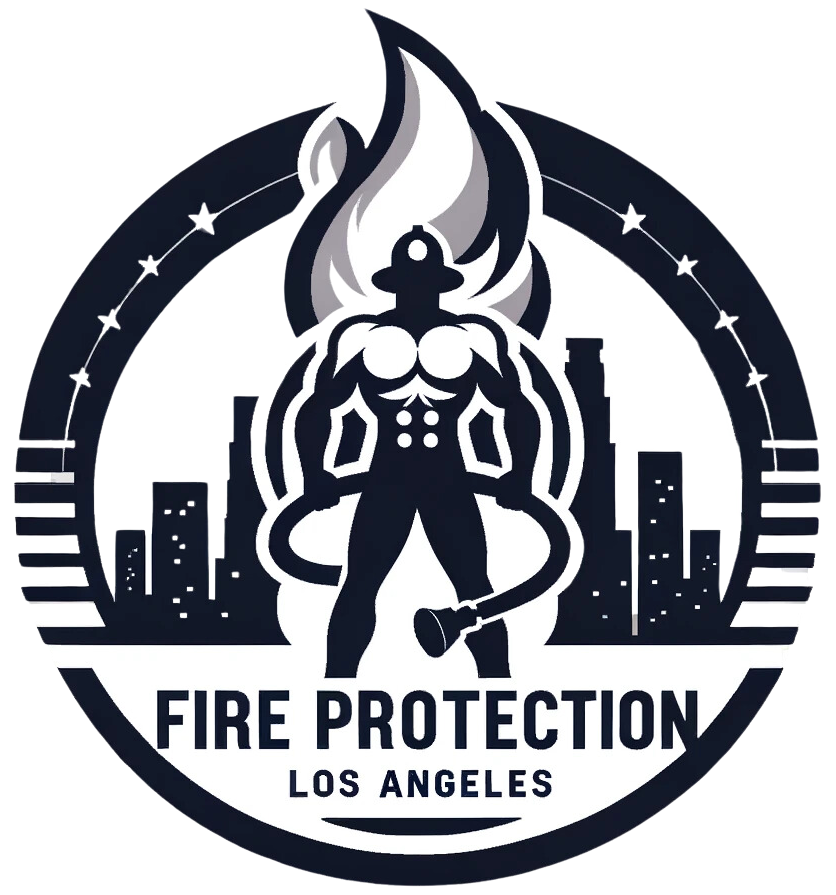Embracing Technological Advancements in Fire Training
The evolution of technology has profoundly influenced several sectors, and fire suppression training is no exception. Modern simulations offer a blend of realism and safety, allowing firefighters to train for various scenarios without real-world risks.
The Rise of Virtual Reality (VR) in Firefighting Simulations
Virtual Reality provides a full immersion experience for trainees. By wearing VR headsets, they can navigate through realistic fire scenarios, from residential blazes to forest fires. This hands-on approach allows trainees to hone their decision-making skills and practice coordination under pressure.
Utilizing Augmented Reality (AR) for Enhanced Training
Unlike VR, Augmented Reality overlays digital information on the real world. With AR, trainees can interact with digital fire scenarios while being in a physical space. It offers the advantage of blending the tangible environment with simulated challenges, making training more dynamic.
Benefits of Modern Simulation Techniques
Realistic Scenarios without Real-world Risks Trainees can encounter various fire scenarios, including rare and complex ones, in a controlled environment, eliminating the hazards of live-fire training.
Customizable Training Environments Instructors can design scenarios based on specific learning objectives or to replicate previous real-life incidents for debrief and learning.
Continuous Learning and Performance Analysis Modern simulations provide data analytics, allowing for an evaluation of trainee performance and identifying areas for improvement.
Challenges in Implementing Modern Simulation Training
Cost and Equipment Concerns Setting up VR and AR simulations requires investment in equipment and software, which might be prohibitive for some departments.
Ensuring Realism and Efficacy The challenge lies in making sure that the digital training mirrors real-world conditions accurately enough to provide genuine learning outcomes.
Case Studies: Success Stories in Simulation Training
Several fire departments globally have successfully incorporated VR and AR in their training modules. From urban fire stations using VR to replicate high-rise building fires to rural departments employing AR for wildland fire scenarios, the results have consistently shown improved trainee preparedness and response times.
Conclusion: The Future of Fire Suppression Training
With technology advancing at an unprecedented pace, the realm of fire suppression training stands on the brink of a revolution. While traditional methods will always hold their merit, the integration of modern simulations ensures that firefighters are equipped to handle the ever-evolving challenges of the profession with confidence and competence.








